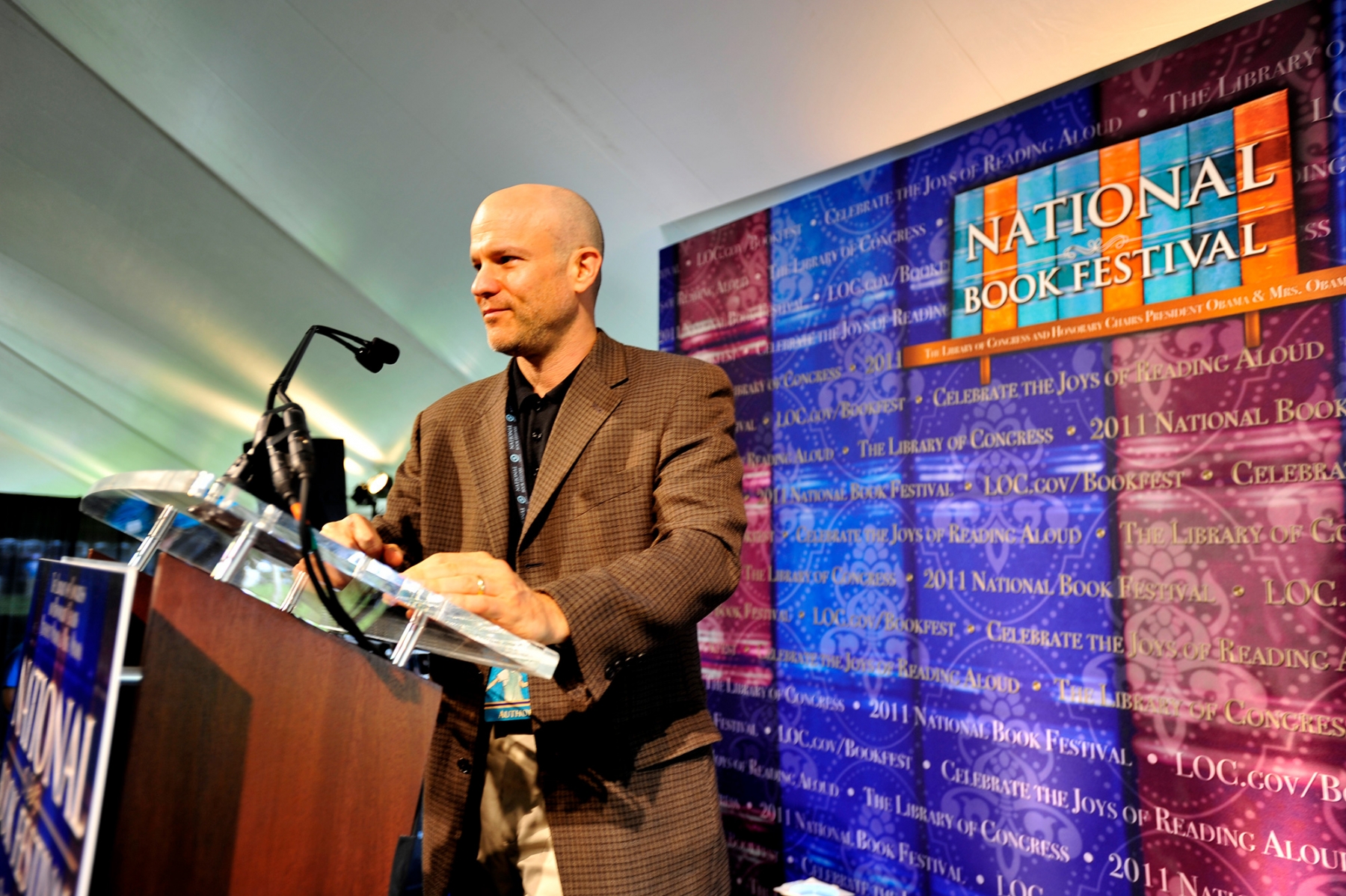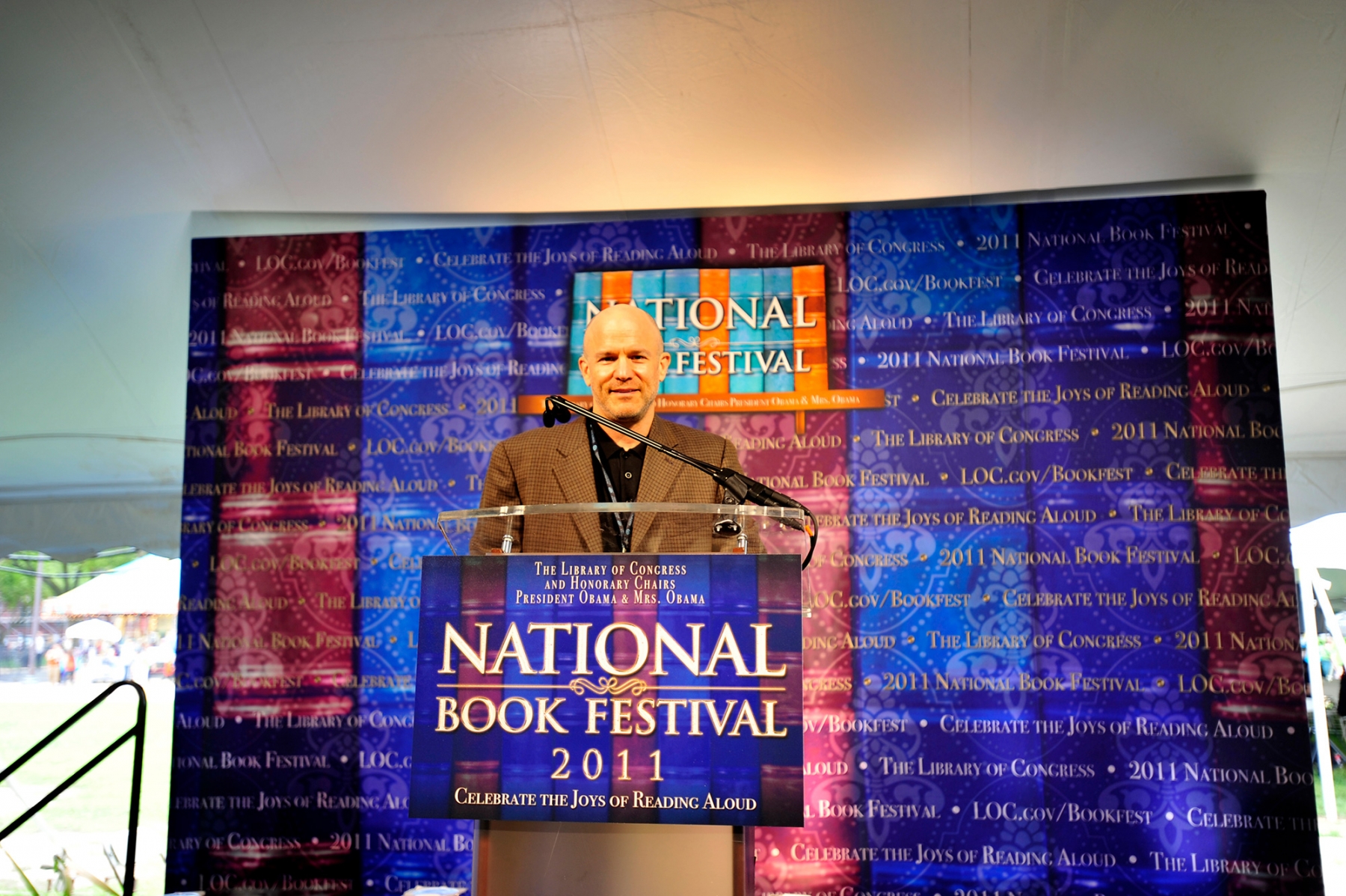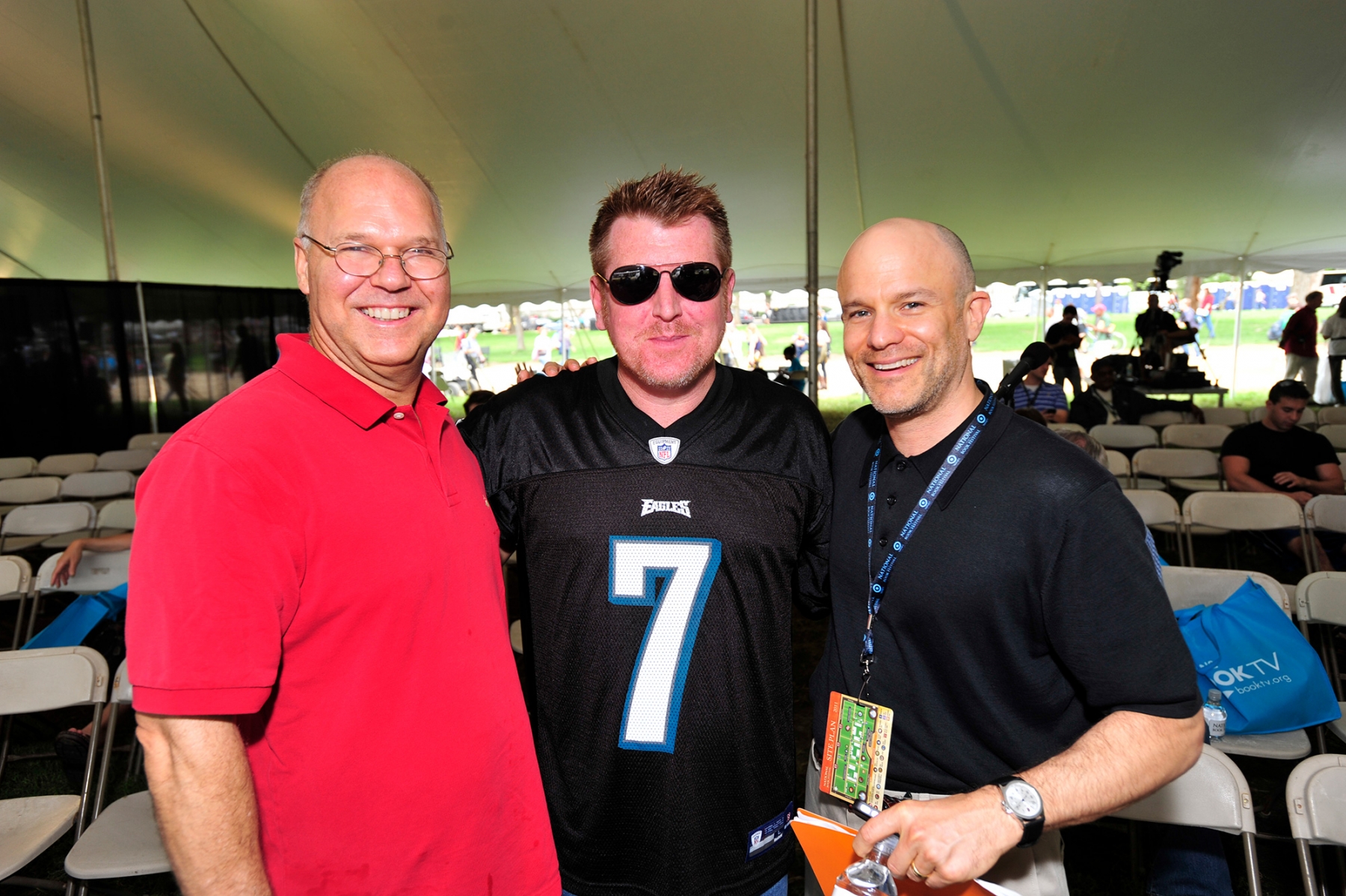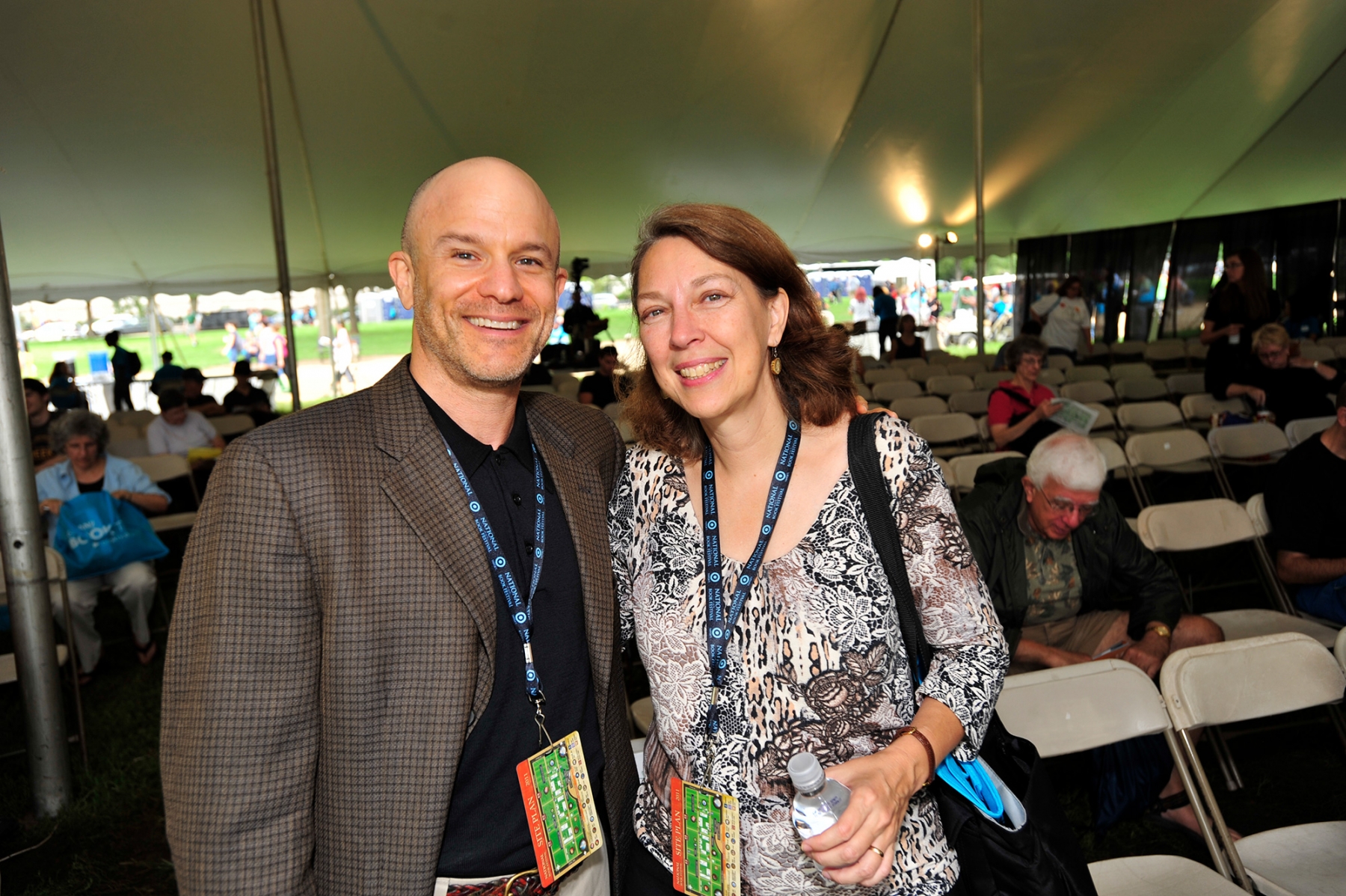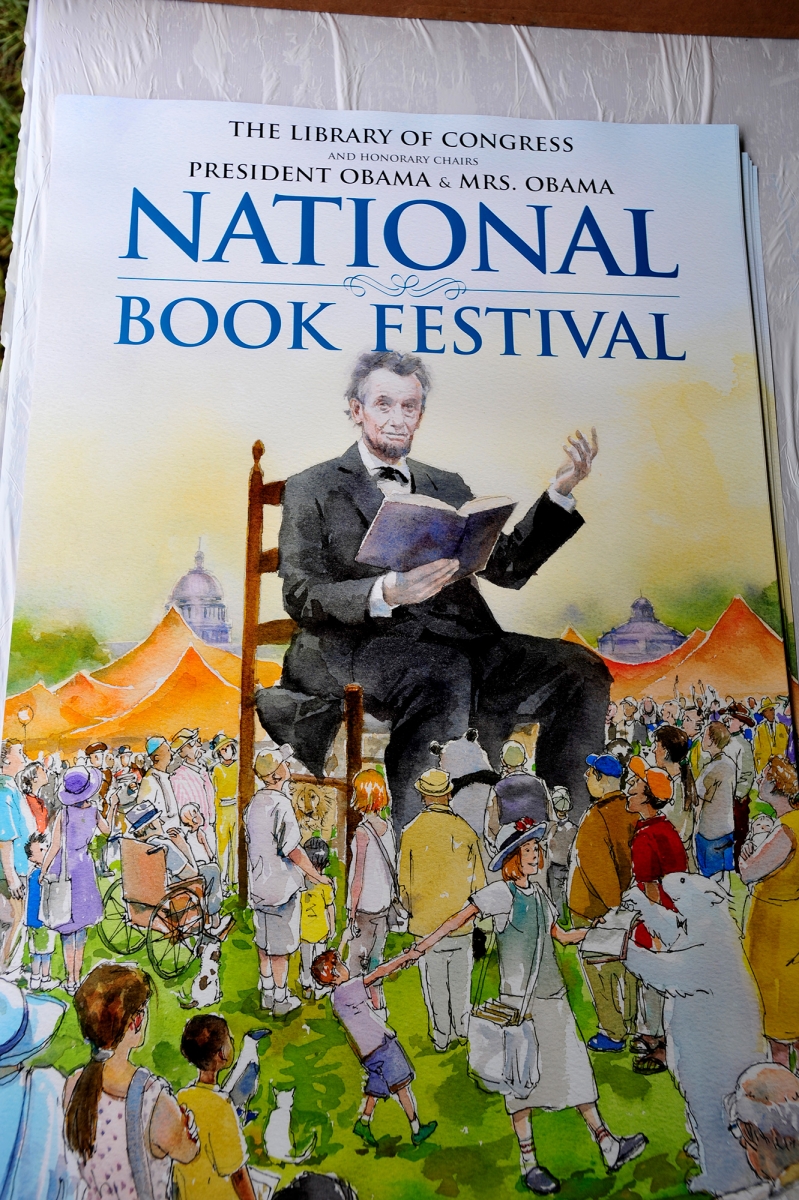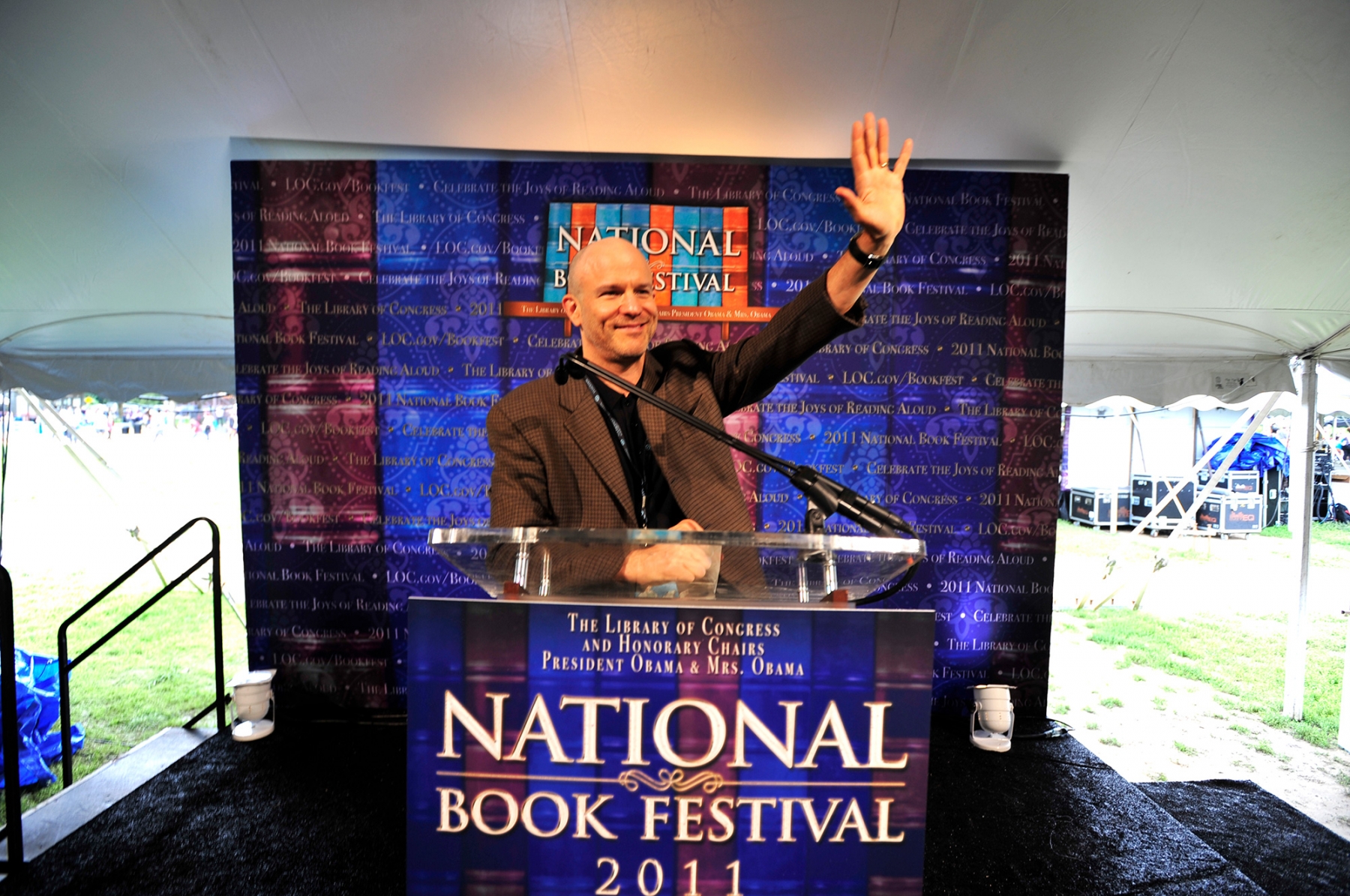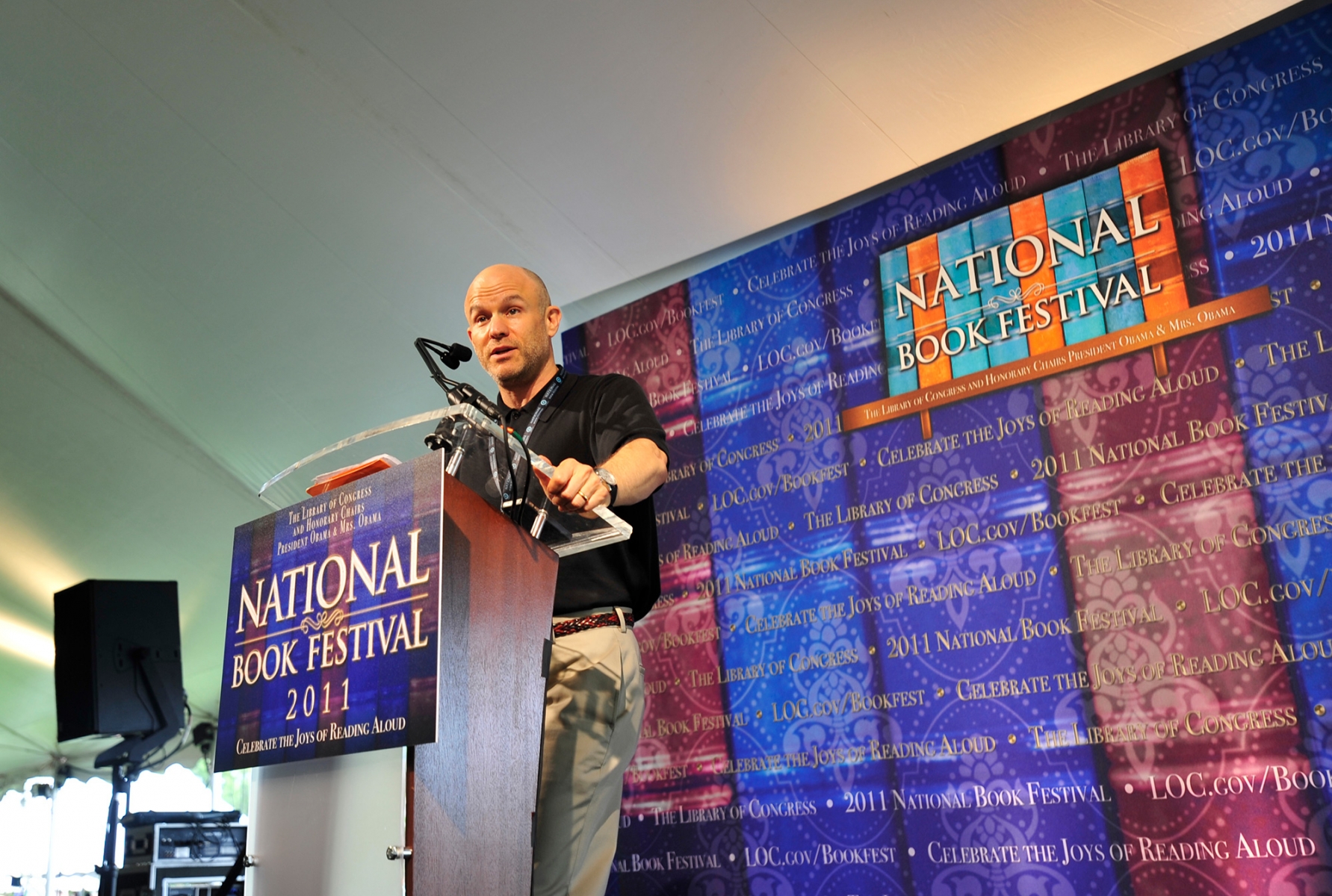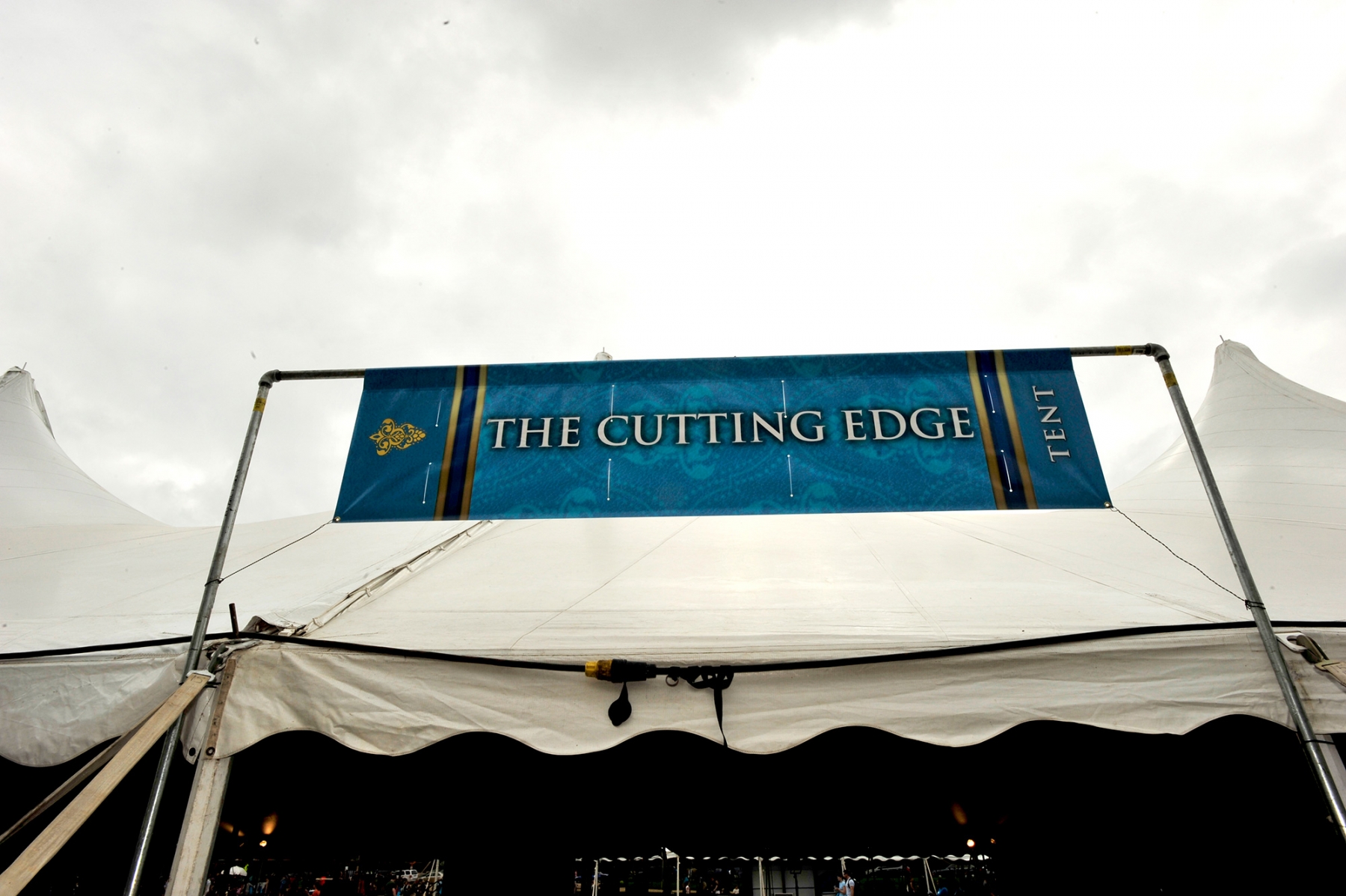About The Devil Himself
In late 1982, a spike in terrorism has the Reagan Administration considering covert action to neutralize the menace before it hits our shores. There are big risks to waging a secret war against America’s enemies — but there is one little-known precedent.
Young White House aide, Jonah Eastman, grandson of Atlantic City gangster Mickey Price, is approached by the president’s top advisor with an assignment: Discreetly interview his grandfather’s old friend, Meyer Lansky, the Jewish mob boss who partnered with the U.S. Navy during World War II to catch Nazi saboteurs on New York’s racket-controlled piers, about “the ferret squad,” the unlikely fellowship of mobsters Lucky Luciano, Bugsy Siegel, Frank Costello, and naval intelligence officers. There just might be something to learn from that operation.
 In 1942, German U-boats had been prowling the Atlantic, sinking hundreds of U.S. ships along the east coast, including the largest cruise ship in the world, Normandie, destroyed at a Manhattan pier after Pearl Harbor. Nazi agents even landed on Long Island with explosives and maps of railways, bridges and defense plants. Desperate to secure the coast, the Navy turned to Lansky, a newly naturalized American whose fellow Eastern European Jews were being annihilated by Hitler.
In 1942, German U-boats had been prowling the Atlantic, sinking hundreds of U.S. ships along the east coast, including the largest cruise ship in the world, Normandie, destroyed at a Manhattan pier after Pearl Harbor. Nazi agents even landed on Long Island with explosives and maps of railways, bridges and defense plants. Desperate to secure the coast, the Navy turned to Lansky, a newly naturalized American whose fellow Eastern European Jews were being annihilated by Hitler.Forty years later, what does Lansky have to say about his service? The notoriously tight-lipped gangster, dying of cancer in Miami Beach, is ready to talk and tells Jonah, “We weren’t yeshiva boys, kid.”
Joining him on walks with his beloved Shi-tzu, Bruzzer, for hot pastrami at Wolfie’s, and nights on the balcony of Lansky’s condo, Jonah gets a riveting — and darkly comic — history lesson. The mob caught Nazi agents, planted propaganda with the help of columnist Walter Winchell, and found Mafia spies to plot the invasion of Sicily, where General Patton was poised to strike at the soft underbelly of the Axis. Based on real events, the heat was on Lansky as “my boys” stopped at nothing to sabotage Hitler’s push toward American shores.
Press >Press for The Devil Himself
Historical Novel Society Review of ‘The Devil Himself’
Historical Novel Society – April 2012
Book Review: ‘The Devil Himself: A Novel’
The Washington Times – November 14, 2011
‘Devil Himself’ mixes history, fiction for darkly comic tale
Las Vegas Review-Journal – September 30, 2011
Operation Underworld
The American Spectator – September 14, 2011
America’s Unsavory WWII Alliances Depicted in Dezenhall Book, “The Devil Inside”
OpenMarket.org – August 22, 2011
Novel Examines Navy’s Deal With the ‘Devil’
Roll Call – August 2, 2011
Beach Reading
Washington Times – August 1, 2011
Prairie Miller’s Arts Express
WBAI Radio / New York, NY – July 29, 2011
David Stewart Interviews Eric Dezenhall
The Washington Independent Review of Books – July 20, 2011
Kevin Riordan: Cherry Hill native tells tale of gangster who did good
Philadelphia Inquirer – July 19, 2011
The Real Inglorious Bastards
The Daily Beast – July 18, 2011
Bill Thompson Interviews Eric Dezenhall
Eye on Books – July 13, 2011
Acclaimed author returning to Cherry Hill to discuss ‘Devil Himself’
Jewish Community Voice – July 13, 2011
< Plot SummaryReviews >Reviews for The Devil Himself
With “the fate of civilization rested upon a handful of weary sailors and patriotic crooks,” Dezenhall intrigues with well-imagined, little-known history.
Dezenhall’s (Spinning Dixie, 2006, etc.) fifth novel takes a cast of characters from history – FDR, Walter Winchell, Meyer Lansky – sets the story during the bleak beginning of World War II, and adds a secret network of counter-spies who made their bones as gangsters.
Recurring narrator Jonah Eastman is the grandson of Mickey Price, an old man who earned a fortune rum-running during Prohibition and went semi-legit with an Atlantic City casino. Eastman is also a college intern in the Reagan White House. His boss there knows his family background and wants Jonah to interview “Uncle Meyer.” Meyer Lansky was the real-life shadowy genius behind much mid-century U.S. organized crime. The Reagan Administration has discovered that Lansky and his cohorts – the “Ferret Squad” – helped root out Nazi undercover agents during WWII. The politicians are unofficially interested in Lansky’s story because there might be something valuable to be learned to deal with Islamo-fascist terrorists threatening U.S. interests.
The novel shifts back and forth in time, presented as Eastman’s report-from-notes made as he interviewed Uncle Meyer in Miami, mortally ill with lung cancer. Alternate scenes follow Lansky in the 1940s. Along with the background of the uneasy alliance between the Italian and Jewish gangsters who dominated the criminal enterprises around New York City, there are interesting character snippets of infamous gangsters like Lucky Luciano (whose Sicilian ties aid in the Allied invasion of that island), and Albert Anastasia, a rogue homicidal maniac, and Bugsy Siegel, as deadly as Anastasia but prone to follow Lansky’s lead. The author also fictionalizes – dramatically narrates – the participation of real-life Lieutenant Charles Radcliffe Haffenden, chief administrator of “Operation Underworld,” a man ill-used as bureaucrats grist-milled history in service of politics.
“Meyer Lansky, dying in Florida in 1982, agrees to talk with Jonah Eastman, grandson of one of Lansky’s Mob associates back in the day. White House intern Eastman has been charged to get the real story from Lansky about the Mob’s participation in tracking Nazi spies during WWII. [This] opens the door to a fascinating account, based on fact, of the significant role Lansky, Lucky Luciano, and other mobsters played in ridding New York harbor of spies and preparing the soil for the invasion of Sicily. The novel works because of the richness of the historical material and the charismatic characterization of Lansky in wartime and four decades later as he awaits death. “Kvetching toward oblivion,” he tells his story to young Jonah from the cynical perspective of a man who has learned that governments are far less trustworthy than gangsters. Entertaining homefront espionage.”
< PressPhotos >Photos from The Devil Himself Appearances
Reading at the Library of Congress National Book Festival
September 25, 2011< ReviewsVideos >The Devil Himself Videos
About the Novel
Researching the Novel
The Government and the Mob Working Together?
< PhotosBuy Now >Where to Buy The Devil Himself
Purchase your copy of Spinning Dixie at one of these retailers:
< Videos


